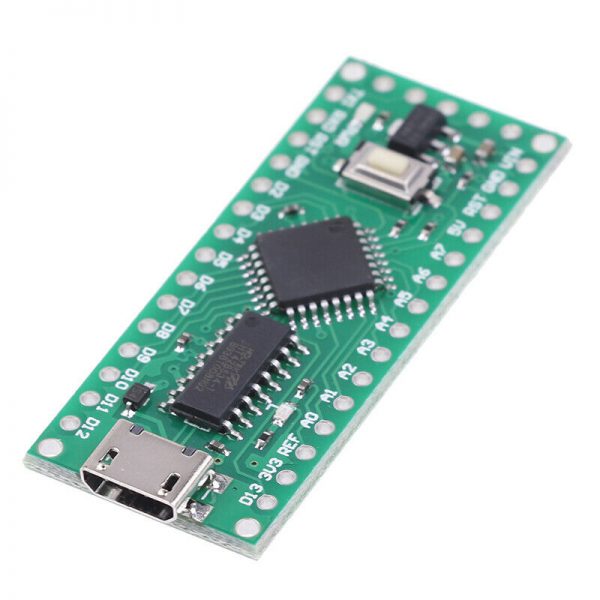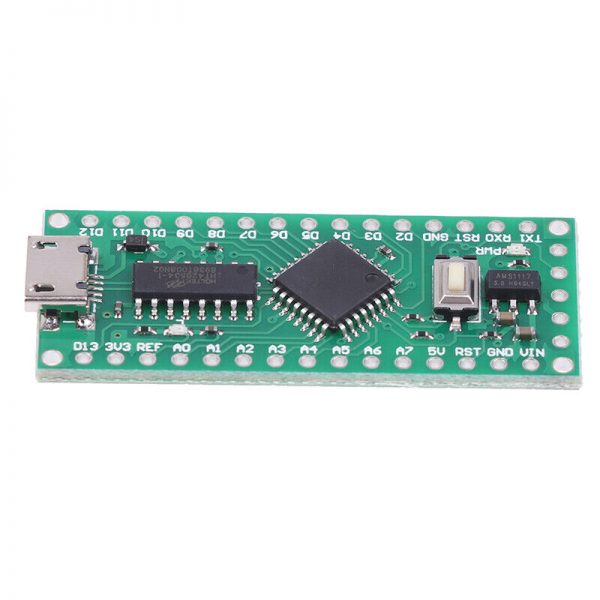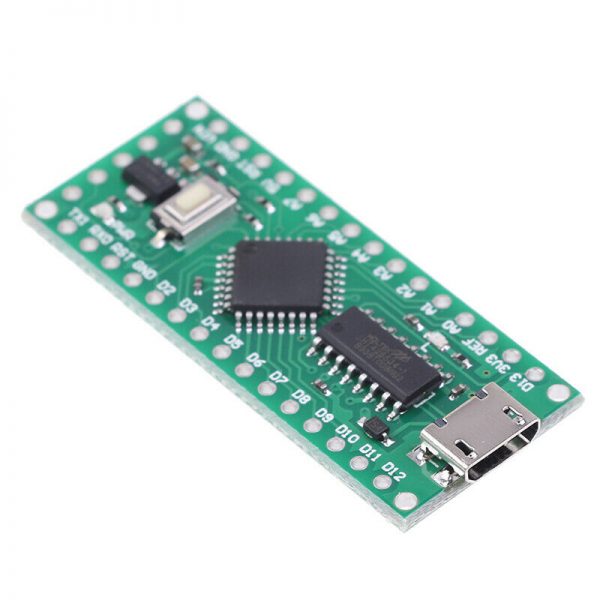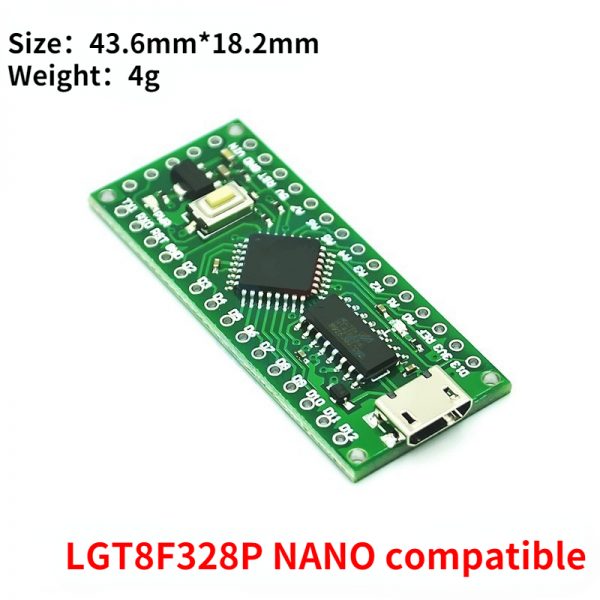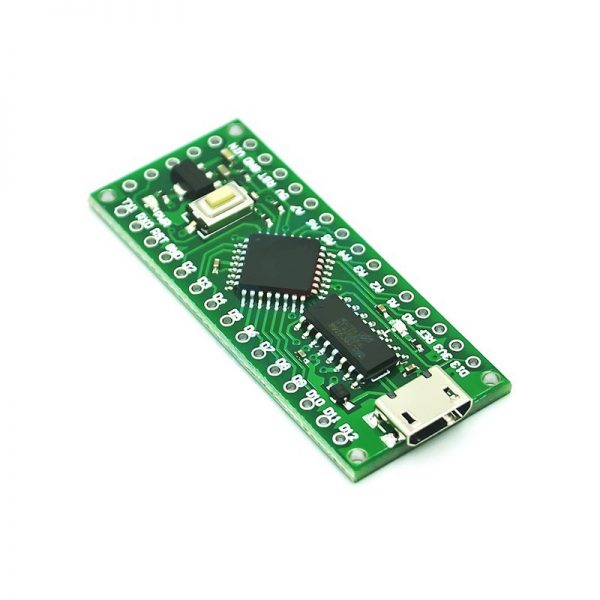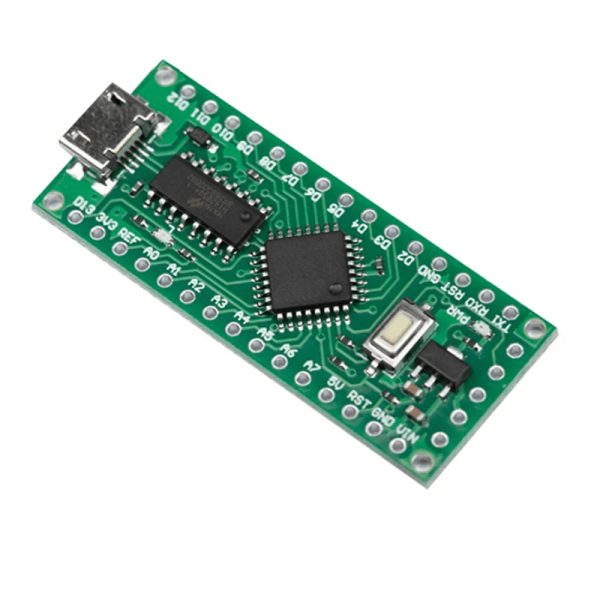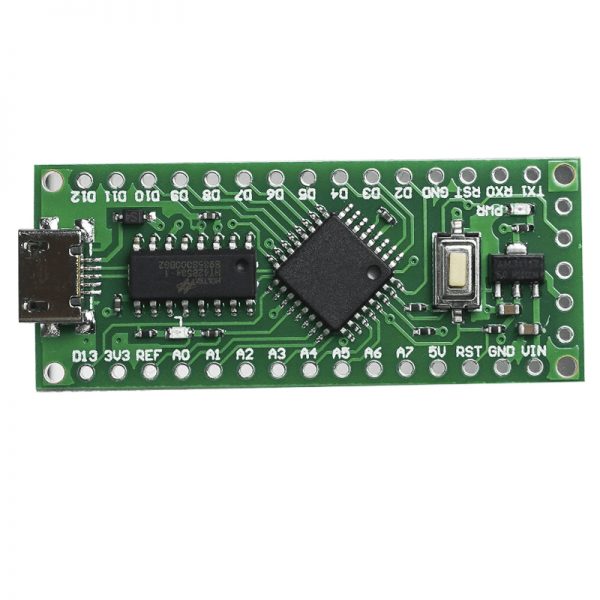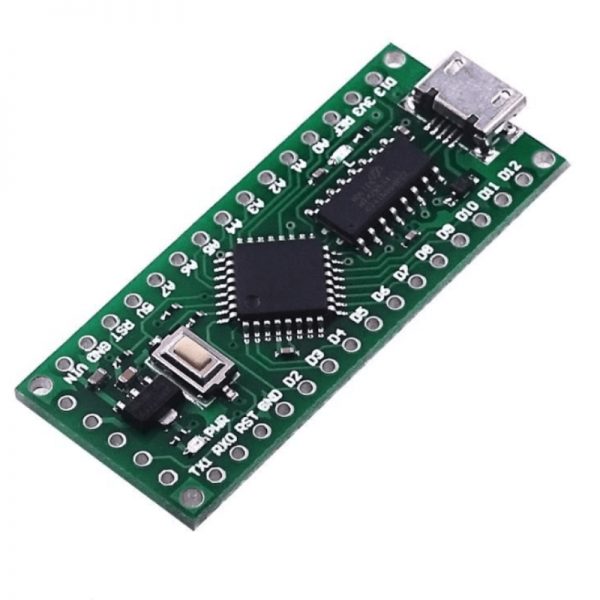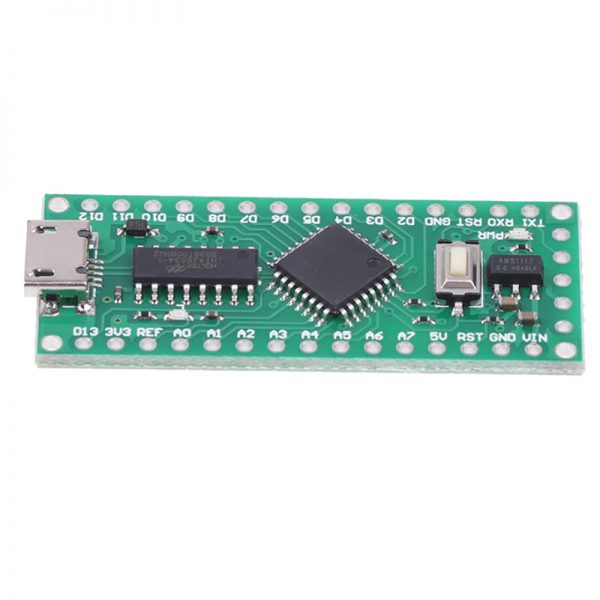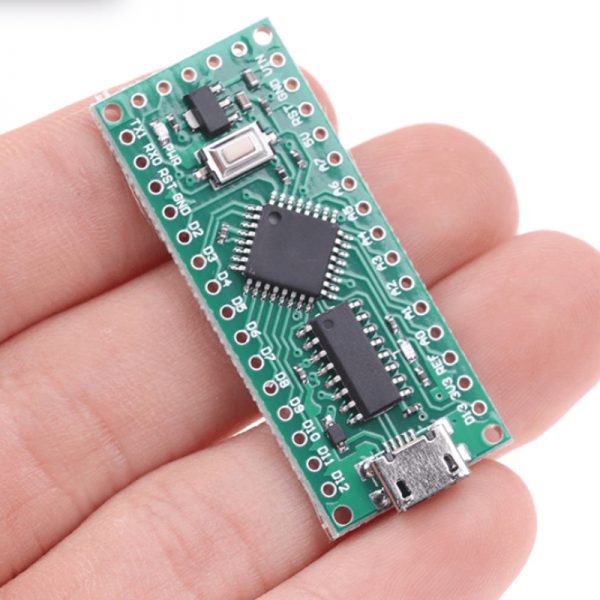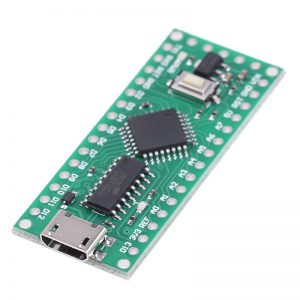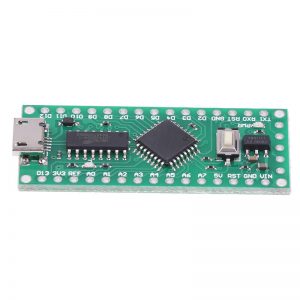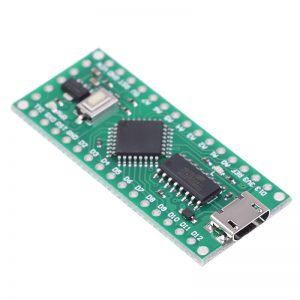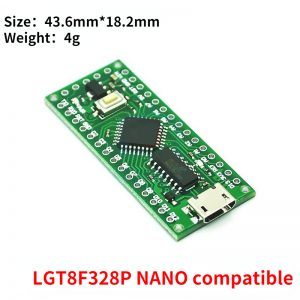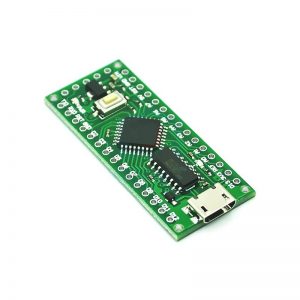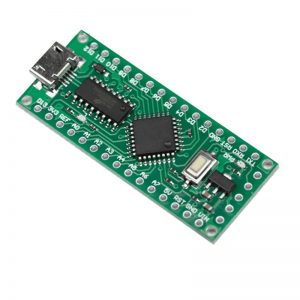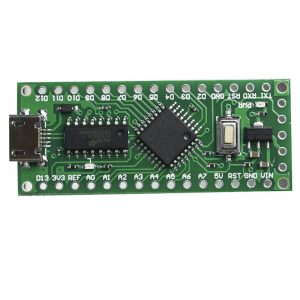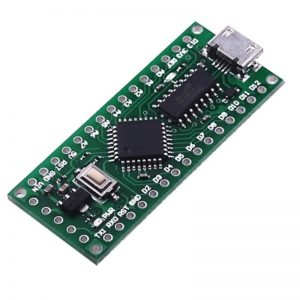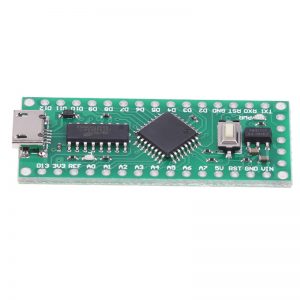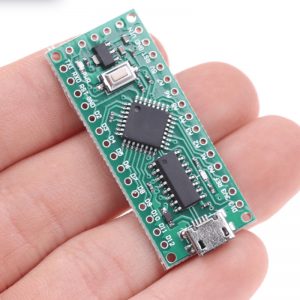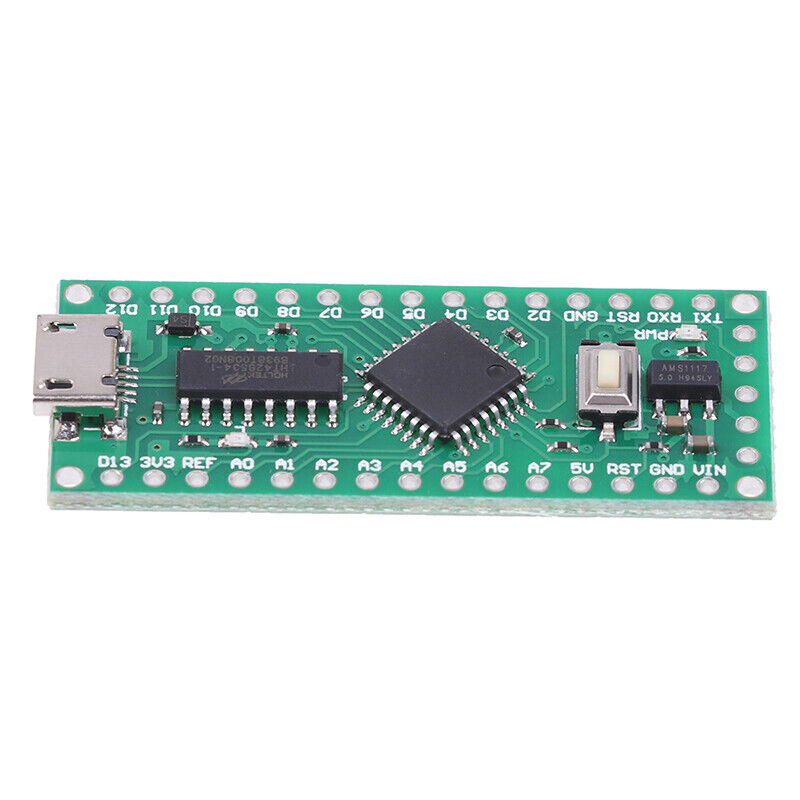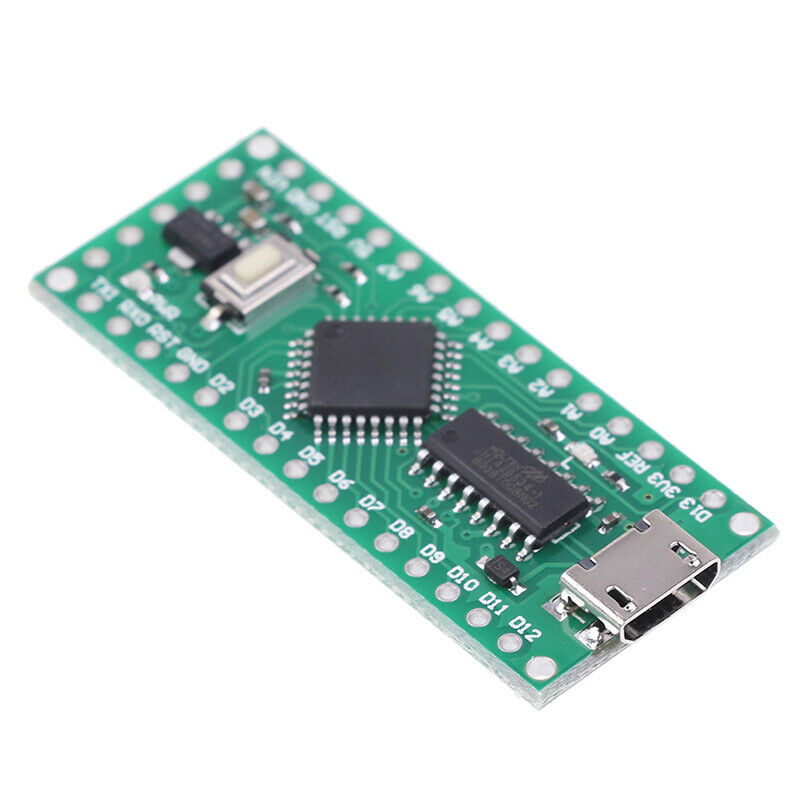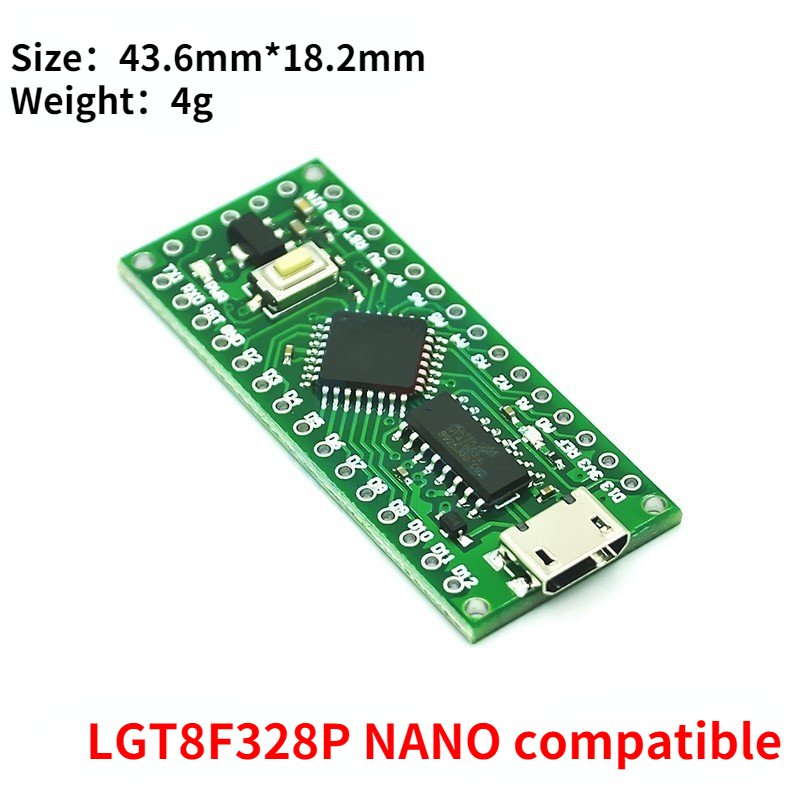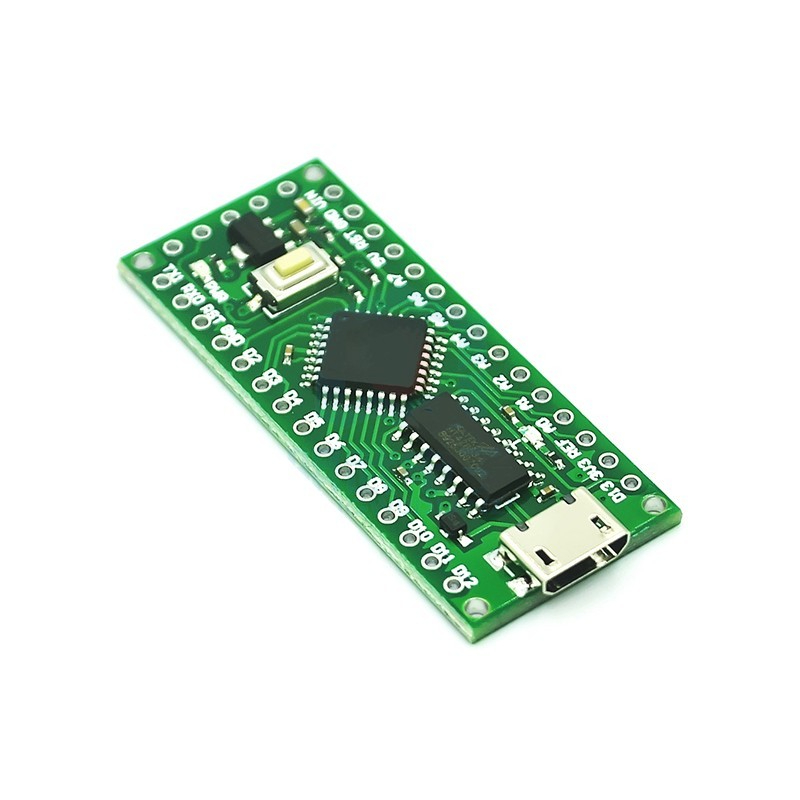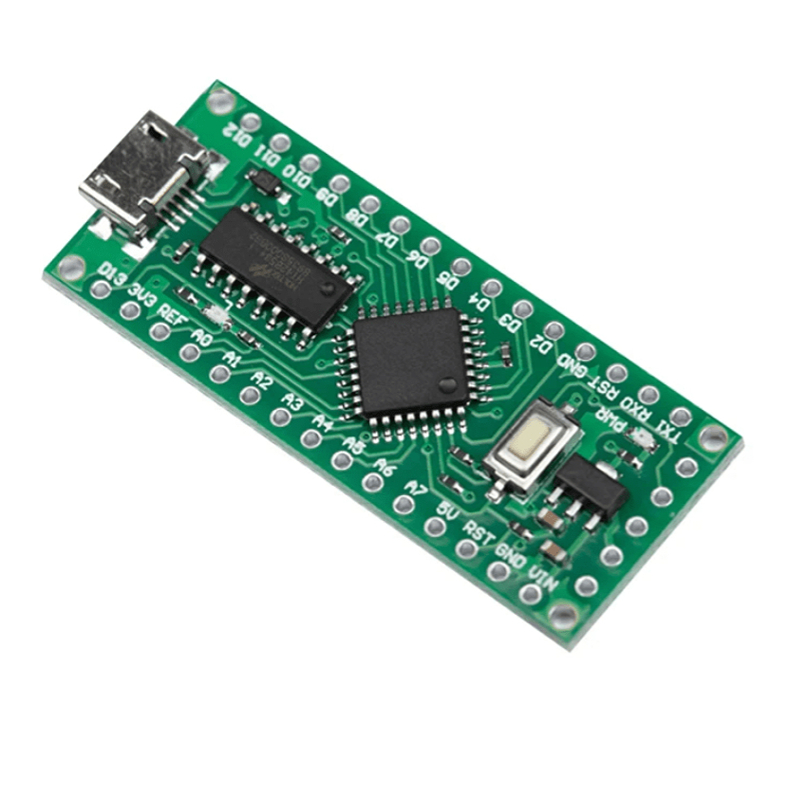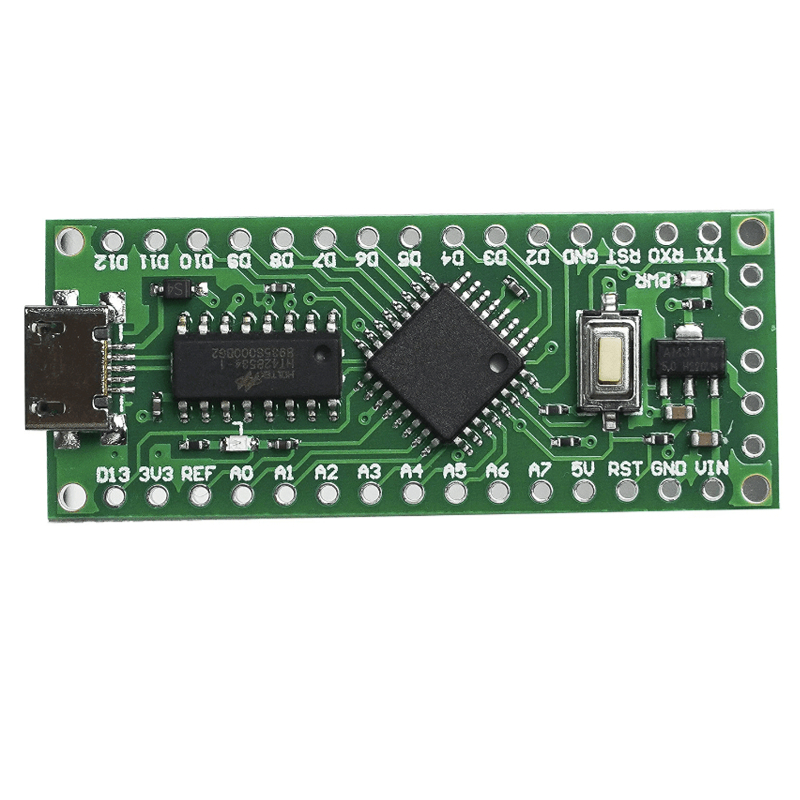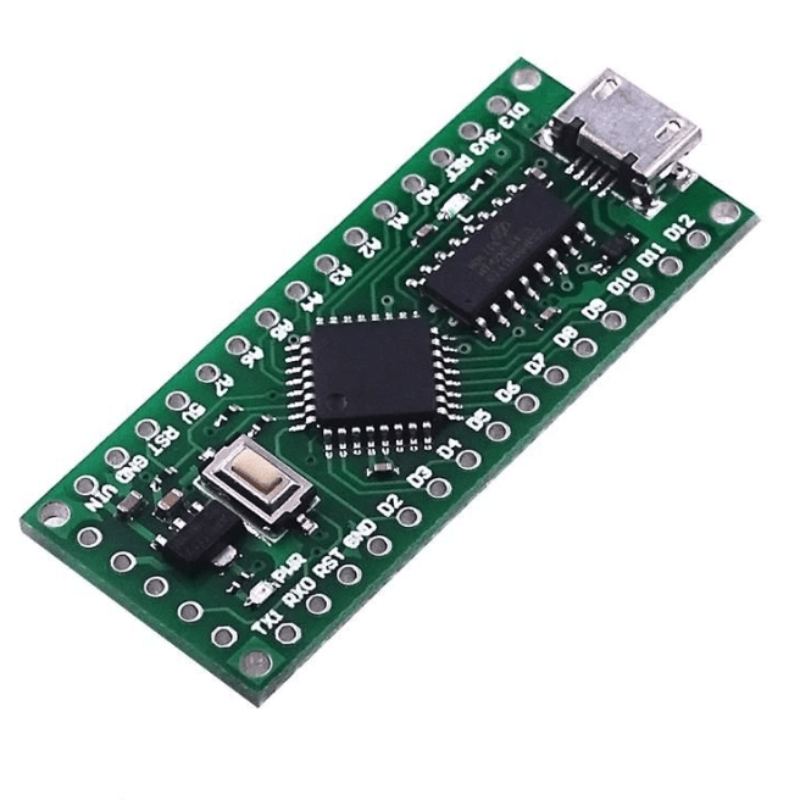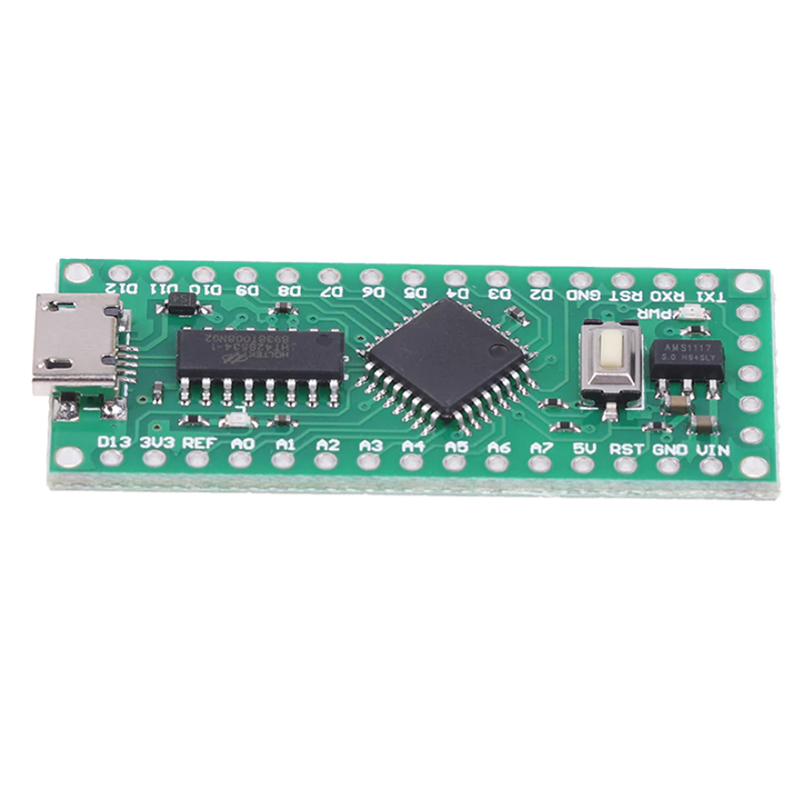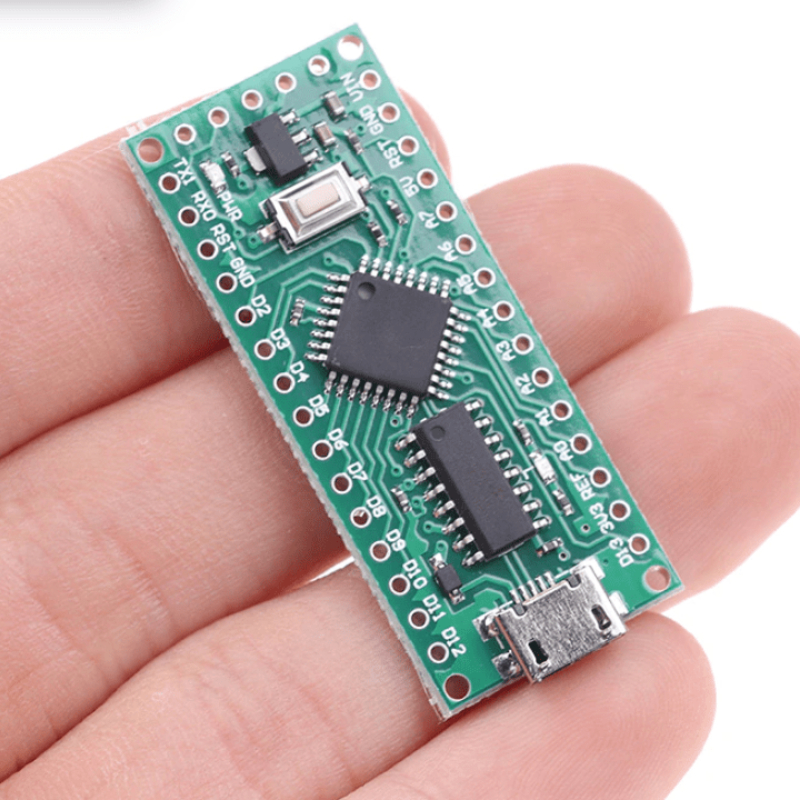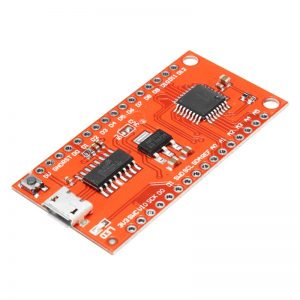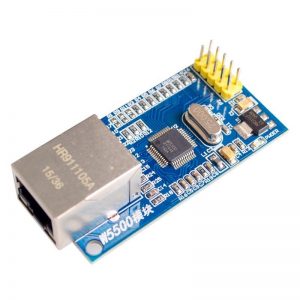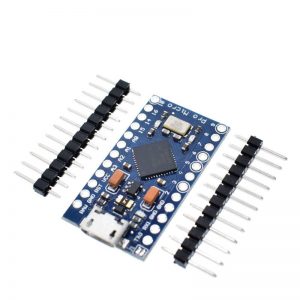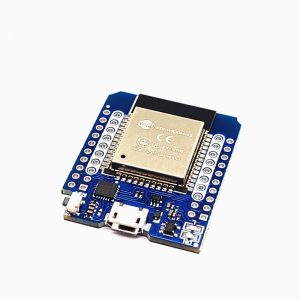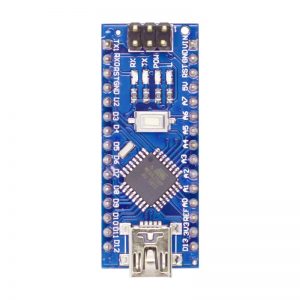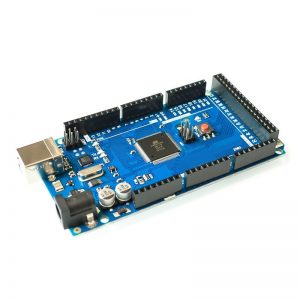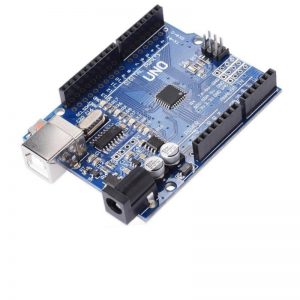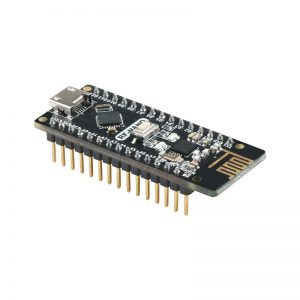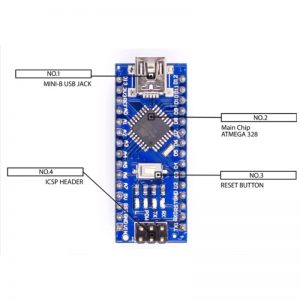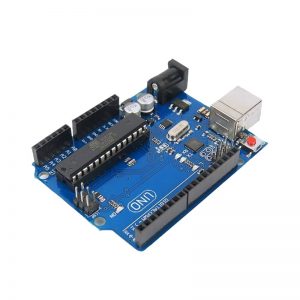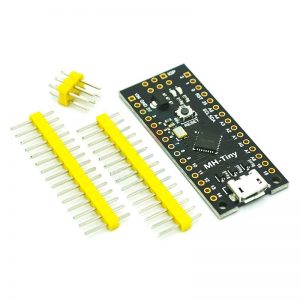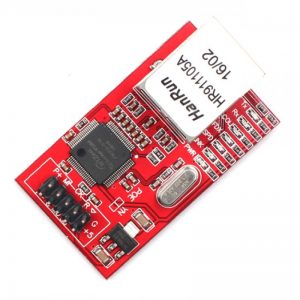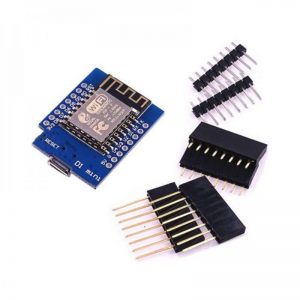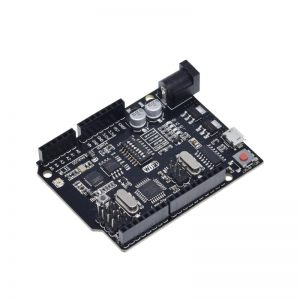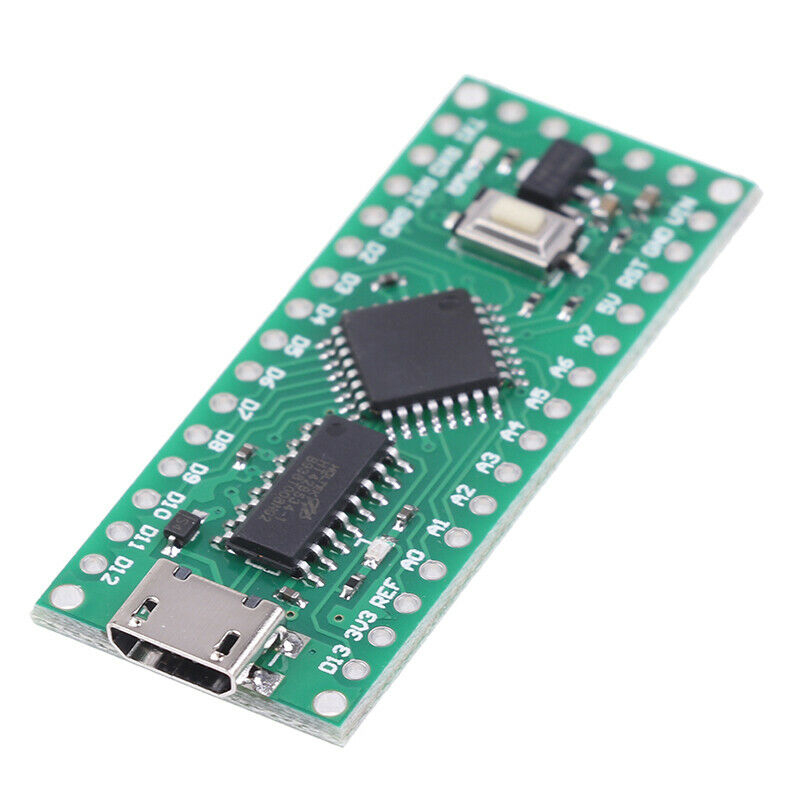
Description
Universal mini module compatible with original Arduino, equipped with MEGA328P compatible LGT8F328D microcontroller and Micro USB connector and HT42B534 programmer (pinless version). Can be used in many microprocessor projects. After downloading the module and programmer driver extension, the board is compatible with Arduino projects.
A faithfully replicated clone is a guarantee of operation and reliability.
NANO has HT42B534 programmer, you need additional drivers as shown below.
Thanks to the convenient Micro USB connector, it is easy to connect the module to a computer and program it. Due to its small size, it will be perfect for small projects.
Technical data
Supply voltage: 3.3V/5V
Programmer: HT42B534 – Driver: win 10, win 7 and earlier versions, the driver download needs to be below
Microcontroller: LGT8F328P, compatible with MEGA328P – 16 MHz
Ports – I/O pins: 16
Number of analog inputs: 6
Number of PWM outputs: 8
Serial interface: UART, SPI, I2C
External Interrupt
Prevent excessive current flow
The module is made of 0.8mm thick laminate
Weight 5.2 grams.
Pin pitch 2.54mm (can be mounted on a contact board)
Dimensions: 51x26mm
32kB Flash
E2PROM 0K / 1K / 2K / 4K / 8K (FLASH Share)
2kB SRAM
10-bit ADC (analog to digital conversion)
GUID
Construction and connection precautions
power supply
VCC is directly connected to the pins of the microcontroller, connecting voltages higher than 5V may permanently damage the chip.
input Output
The Arduino Pro has 14 digital input/output (I/O).
Each pin is allowed to draw up to 40mA of current, which allows direct connection of LEDs with resistors and control of other integrated circuits.
In addition to standard I/O, some outputs have special functions.
programming
With the help of a free environment provided by the manufacturer, software can be created and uploaded.
You can use the PL2303 programmer
